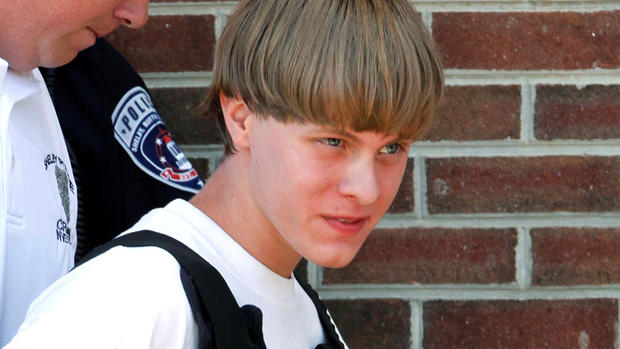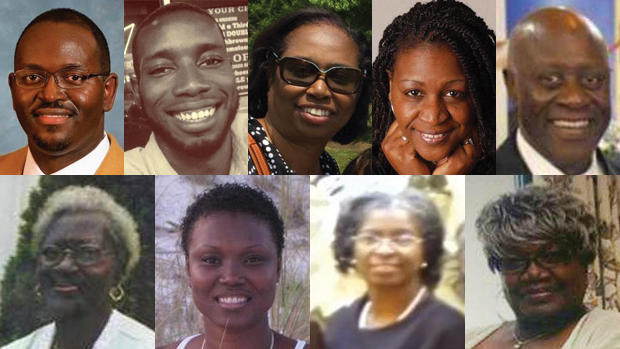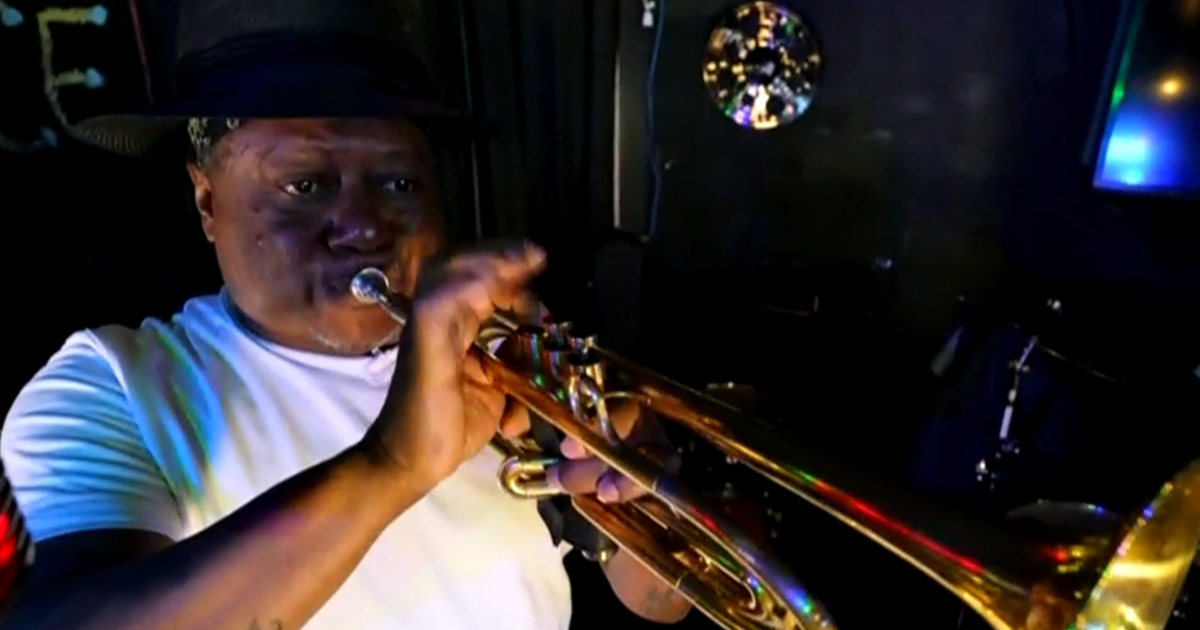Prosecutors detail months leading up to Charleston church massacre
CHARLESTON, S.C. -- Through a dozen witnesses on Tuesday, federal prosecutors reconstructed the activities of Dylann Roof in the months leading up to night he went to a black Charleston church and shot nine members to death during a Bible study session.
Using data from a Garmin GPS found in Roof’s car when he was arrested, Joseph Hamski, the lead FBI agent on the case, testified that Roof left Columbia at 6:13 p.m. on the night of the shootings at Emanuel AME Church, arriving in downtown Charleston an hour and a half later.
At 8:16 p.m., church surveillance images show him walking into the church. By 9:06 p.m., he’s seen walking out, a black gun in his hand.
Roof, who is white, faces 33 federal charges, including hate crimes and obstruction of the practice of religion. Roof’s attorneys have said repeatedly in both federal and state court that their 22-year-old client is willing to plead guilty if capital punishment is taken off the table, a request prosecutors have refused. Roof faces another death penalty trial next year in state court.
Prior to that night, Hamski testified, Roof made multiple trips to Charleston, stopping at plantations in the area and posing for photographs on a beach. Images of Roof’s travels around the Charleston area were shown in court and previously appeared on his website, lastrhodesian.com, along with his racially inflammatory writings and photographs of Roof posing with a Confederate flag. An AT&T employee testified a call was made to the church from Roof’s home in February.
Justin Britt, a Richland County sheriff’s deputy, also testified that Roof’s mother collapsed when authorities came to her home the day after the shootings and started asking questions about her son. After recovering, Britt said Roof’s mother led him to her son’s bedroom, where she showed him a digital camera on which Britt said he saw pictures of Roof with a Confederate flag.
“She said, ‘There’s something that I think you need to see,’” Britt testified.
Another officer who helped search the home testified she recovered dozens of spent ammunition rounds, saying relatives told her Roof and others would practice shooting in a nearby wooded area. Kristen Polis also testified she photographed a white pillowcase cut into a triangle because “to me, it represents what could be a Ku Klux Klan hood.”
Prosecutors also played video of Roof practicing shooting his gun at various objects in his backyard and quickly reloading the weapon.
Witness testimony is expected to wrap up Wednesday, with the government calling a medical examiner to discuss details of the victims’ injuries. Assistant U.S. Attorney Jay Richardson opened his case with Felicia Sanders, a survivor of the June 2015 shooting at Charleston’s Emanuel AME Church. He has said he plans to close with testimony of another survivor, Polly Sheppard.
Defense attorney David Bruck, who has previously said he might not call any witnesses, said Tuesday he would likely call some after all.
If Roof is convicted, jurors would decide if he should be sentenced to life in prison or the death penalty. While he has a defense team at the moment, Roof has said he wants to be his own lawyer for the penalty phase.
Surveillance video from the day of the attack in June 2015 showed people walking into the church. Then, in walks Roof, carrying a 45 Glock pistol and seven magazines. Once inside, he opened fire as the faithful rose and closed their eyes to pray.
Malcolm Graham, whose 54-year-old sister Cynthia Hurd was murdered, spoke to CBS News.
“This was an attack on a race of people and an attack on the Christian church and an attack on humanity,” Graham said.
In Roof’s confession video, an FBI agent asked Roof, “Why did you do it?”
“I had to do it because somebody had to,” Roof said. “Blacks are raping and killing white people on the streets every day... What I did is still minuscule to what they’re doing to white people every day.”
Roof’s lawyers have conceded that he carried out the attack, and are focused on persuading jurors to spare his life in the penalty phase of the trial. They said in opening statements they will call few or no witnesses. Testimony continues next week, and prosecutors said they may rest their case Wednesday.
Along with the overt racism, Roof’s confession and notes show the then-21-year-old as naive and immature. He wrote a note apologizing to his mother and saying “as childish as it sounds, I wish I was in your arms.”
But Roof meticulously prepared for the shootings. He carried eight magazines that could each hold 13 rounds, but loaded only 11 each so that he could shoot 88 times. That’s a revered number among white supremacists, standing for “Heil Hitler” because H is the eighth letter of the alphabet.
At one point, an agent asked if Roof had thought about killing more blacks.
“Oh, no. I was worn out,” Roof said.
Roof said he left bullets in a magazine so that he could kill himself after the slayings, but changed his mind when he didn’t immediately see any police.
He apparently hadn’t heard the news during his 17 hours on the run. About 45 minutes into his interview with the FBI, an agent decided to tell him that nine people were dead.
“There wasn’t even that many people in there,” Roof said incredulously. “Are you lying to me?”
The video is blurry, making it hard to see Roof’s facial expressions. After being told the details, an agent asked how he felt.
“Well, it makes me feel bad,” said Roof, who earlier in the confession estimated he might have killed five.
Agents asked Roof why he chose Emanuel AME. He said it’s because he saw it described online as the oldest black church in the South.
Survivor Felicia Sanders testified that said Roof sat through the Bible study beside pastor Clementa Pinckney, and opened fire as the rest of the group of 12 closed their eyes for a final prayer.
“I was sitting there thinking about whether I should do it or not. That’s why I sat there for 15 minutes. I could have walked out,” Roof said.
Church surveillance videos indicate Roof was actually inside for about 45 minutes.






